Table of Contents
Mercedes C300 Won’t Start: Step-by-Step Fix for the W204 with OM651 Engine
When a Mercedes C300 won’t start, it can be frustrating especially in a vehicle known for its luxury and reliability. The W204 C-Class, equipped with the OM651 engine, is a robust and efficient machine, but like many modern Mercedes models, it relies heavily on electronic systems.
This real-world case study walks through a complete diagnostic and repair process for a no-start condition caused by a faulty Electronic Steering Lock (ESL) a common issue in Mercedes-Benz vehicles. You’ll learn how to identify the symptoms, confirm the root cause, and perform the correct fix using factory-level diagnostic tools and procedures.
Vehicle Overview
| Model | Mercedes-Benz C300 W204 |
|---|---|
| Engine | OM651 (Diesel) |
| System Affected | Electronic Ignition & Steering Lock |
| Complaint | Mercedes C300 won’t start |
Customer Complaint
The customer reported a no-start condition with the following symptoms:
- – The instrument cluster did not respond when the key was inserted (positions 1 and 2 inactive).
- – The engine would not crank.
- – Both the main and key batteries were in good condition.
- – When the car was locked, the steering wheel did not lock.
These clues suggested the issue wasn’t power-related, but rather an electronic control failure most likely linked to the EZS (Electronic Ignition Switch) or ESL (Electronic Steering Lock).
Step 1: Vehicle Behavior Analysis
In modern Mercedes systems, the ignition, steering lock, and start authorization are interconnected.
In this case:
- – No lights on the instrument cluster = EZS not activating.
- – Steering wheel not locking = ESL not engaging/disengaging.
- – Battery OK = Power delivery normal.
Together, these signs strongly indicated that communication between the EZS and ESL had failed a classic cause of “Mercedes won’t start” situations.

Step 2: Performing the Quick Test (XENTRY)
A full Quick Test was performed using the Mercedes-Benz STAR Diagnostic (XENTRY) tool.
Fault Code Results:
- – EZS (N73): Communication issue detected.
- – ESL (N26/5): Fault code indicating module failure no response from steering lock.
The scan confirmed that the Electronic Steering Lock (ESL) had failed internally. Without a functioning ESL, the EZS cannot authorize ignition or engine start.
This explains the symptoms:
- – No ignition response → ESL failure prevents system wake-up.
- – Steering wheel stays unlocked → ESL not engaging mechanically.
Step 3: Wiring and Connector Inspection
Before replacing components, it was crucial to confirm that wiring wasn’t the cause.
- – Power and ground lines to the ESL were tested using a multimeter all within normal range.
- – CAN communication lines between the EZS and ESL were checked for resistance and continuity all good.
Conclusion: Wiring was healthy. The fault was internal to the ESL module (N26/5).

Step 4: Identifying the Root Cause | Faulty ESL (N26/5)
The Electronic Steering Lock (ESL) is responsible for physically locking and unlocking the steering column when the ignition is turned on or off.
When the ESL fails:
- – The steering may remain unlocked (as in this case).
- – The EZS does not receive the “unlock confirmation signal.”
- – The system blocks ignition and starting authorization.
This results in a completely dead dashboard, even though the battery and key are functional.
Step 5: The Repair; Replacing and Programming the ESL
After confirming the diagnosis, the ESL module was replaced using a genuine Mercedes-Benz part to ensure system compatibility and long-term reliability.
1. Removing the Faulty ESL
- – Disconnected the battery for safety.
- – Accessed the steering column area beneath the dashboard.
- – Removed the old ESL module using OEM tools designed for the W204 chassis.

2. Installing the New ESL
- – Installed the new ESL (N26/5) securely and connected it to the wiring harness.
- – Reconnected the vehicle battery.
3. Adaptation and Programming (Blue Key Procedure)
- – Used the Mercedes-Benz Blue Key Tool a specialized device for adapting ESL and EZS components.
- – Performed synchronization between the new ESL and the existing EZS.
- – Verified coding and configuration using XENTRY.

4. Verification Test
After adaptation:
- – Ignition positions 1 and 2 became active on the instrument cluster.
- – The steering wheel locked and unlocked normally when cycling the ignition.
- – The engine started successfully on the first attempt.
Step 6: Post-Repair Confirmation
| Test | Before Repair | After Repair |
|---|---|---|
| Ignition response | Dead | Active |
| Steering lock | Unlocked (no action) | Functional |
| Engine crank/start | No | Yes |
| Fault codes | ESL failure | None |
| Battery voltage | Normal | Normal |
The root cause a failed Electronic Steering Lock was successfully resolved.
How to Manually Release a Steering Lock (Emergency Tip)
If your Mercedes C300 won’t start and the steering is locked, try the following:
- 1. Use the correct key make sure it’s your car’s programmed key.
- 2. Insert the key fully into the ignition slot.
- 3. Gently turn the steering wheel left and right while turning the key. This can help release a mechanical jam.
- 4. Check the battery voltage low voltage can stop the ESL from disengaging.
- 5. Push-start button models: Hold the start/stop button while turning the steering gently.
If this doesn’t work, the ESL may have electronically failed, and professional intervention is needed.
Related Diagnostic Resource
If you’re facing similar starting problems, explore our full troubleshooting hub:
Mercedes No Start Issues: Causes, Fixes & Case Studies : a complete guide covering electrical, fuel, and ECU-related no-start scenarios across multiple Mercedes models.
What Causes Steering Lock Problems in Mercedes-Benz?
Several factors can lead to steering lock failure in Mercedes vehicles:
| Cause | Description |
|---|---|
| ESL module failure | Internal motor or circuit failure prevents lock operation. |
| Battery voltage drops | Insufficient voltage to power the ESL motor. |
| Ignition switch (EZS) issues | Faulty EZS fails to send unlock signal to ESL. |
| Wiring damage | Corrosion or open circuits interrupt communication. |
| Mechanical jam | Physical obstruction in the steering column. |
The ESL and EZS work as a pair if one fails, the car will not start, even if the key and battery are fine.
Preventive Maintenance Tips to Avoid ESL/EZS Failures
- 1. Maintain battery health:
A weak battery is the #1 cause of ESL stress and premature failure. - 2. Avoid steering strain:
Don’t force the steering into the locked position when the engine is off. - 3. Routine diagnostic scans:
Periodically scan for stored codes minor ESL or EZS faults can appear before failure. - 4. Use the key regularly:
Prolonged inactivity (weeks without driving) can cause ESL to seize from lack of cycling. - 5. Keep moisture away:
Water ingress under the dashboard can damage ESL and wiring connectors.
Conclusion
When a Mercedes C300 won’t start and the dashboard remains unresponsive, it’s often due to a failed Electronic Steering Lock (ESL). In this real case, diagnostics revealed the ESL (N26/5) was not communicating with the ignition system.
By replacing and programming the ESL using the Mercedes Blue Key and XENTRY Diagnostic System, full communication and starting functionality were restored.
This structured diagnostic approach saved unnecessary part replacements and ensured a lasting repair demonstrating the importance of systematic fault isolation and proper coding in modern Mercedes-Benz vehicles.
Author Bio
Written by Mercedes Expert
With years of hands-on experience diagnosing and repairing Mercedes-Benz systems, he brings technical depth and practical case studies to help car owners, technicians, and enthusiasts troubleshoot complex automotive issues. His work focuses on clear repair guides, OEM-level procedures, and knowledge-sharing to empower both professionals and drivers.
Last update: October 2025

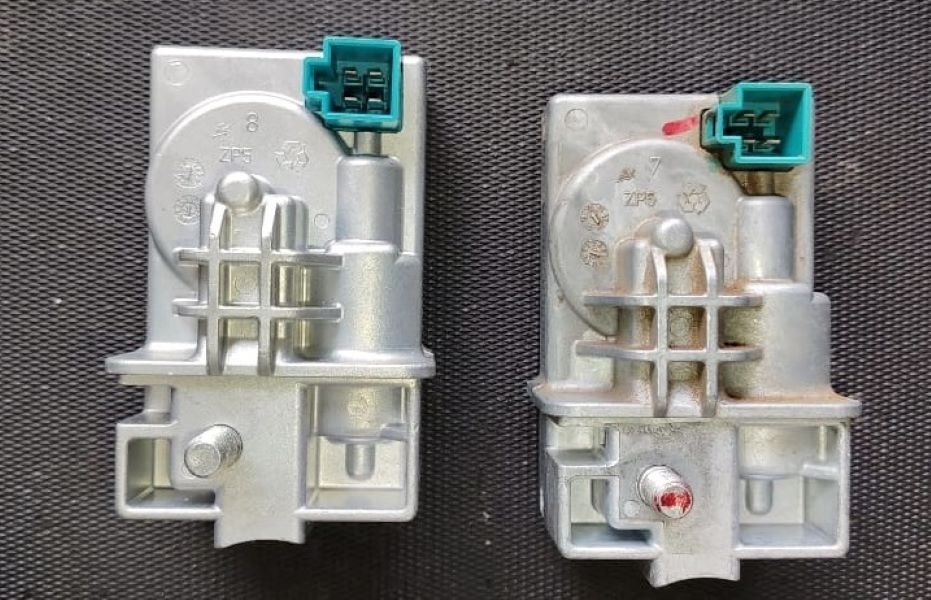
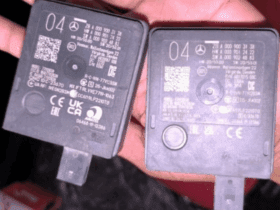
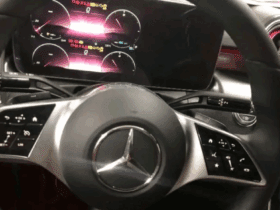
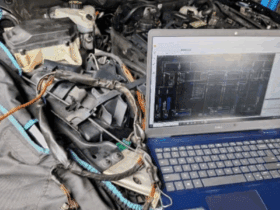
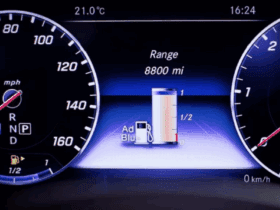
Leave a Reply